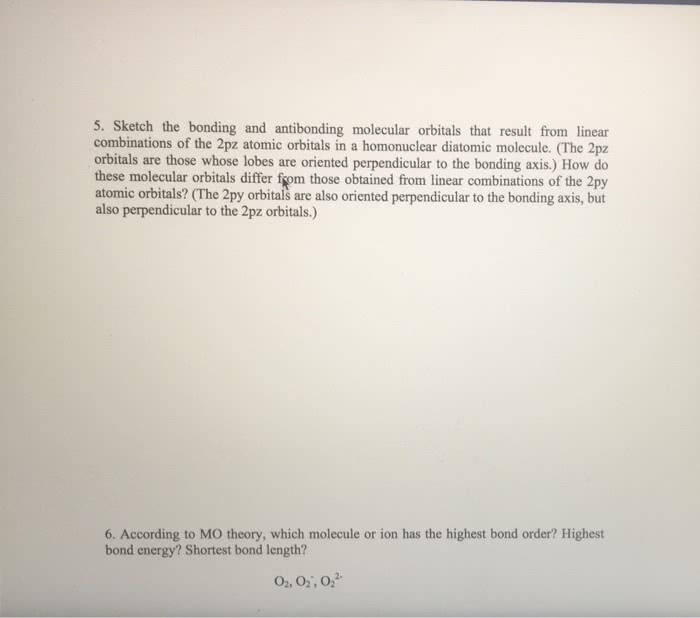CHEM 212 Lecture Notes - Noble Gas, Tral, Bond Order
Document Summary
Molecular orbital theory uses the methods of group theory to describe the bonding in inolecules and complements and extends the simple pictures of bonding introduced in. The symmetry properties and relative energies of atomic orbitals determine how they interact to form molecular orbitals. If the total energy of the electrons in the mol- ecular orbitals is less than in the atomic orbitals, the molecule is stable compared with the atoms; if not, the molecule is unstable and the compound does not form. We will first describe the bonding (or lack of it) in the first ten homonuclear diatomic molecules (h2 through ne2) and then expand the treatment to heteronuclear diatomic molecules and to molecules having more than two atoms. A simple pictorial approach is adequate to describe bonding in many cases and can provide clues to more complete descriptions in more difficult cases.




